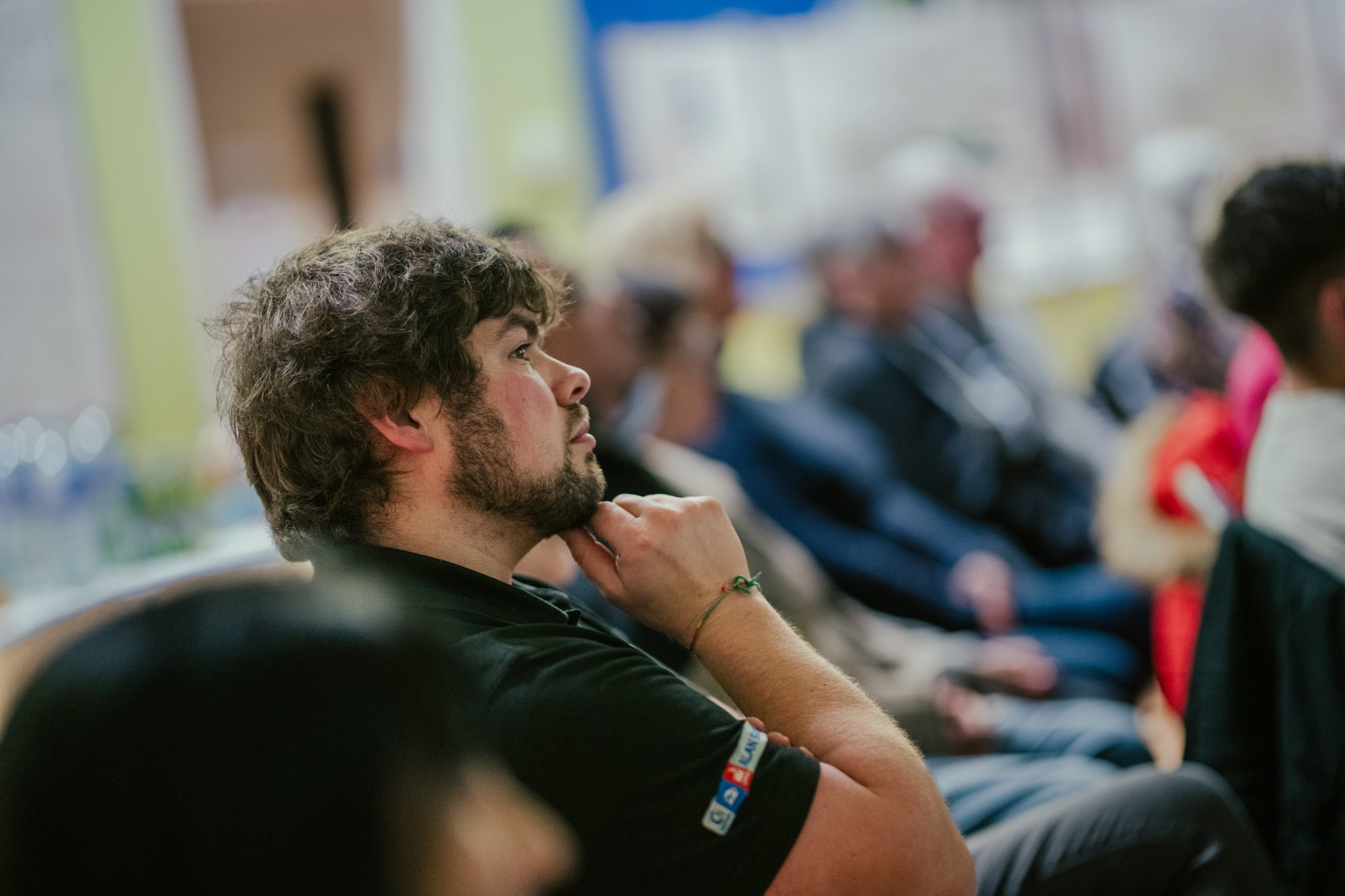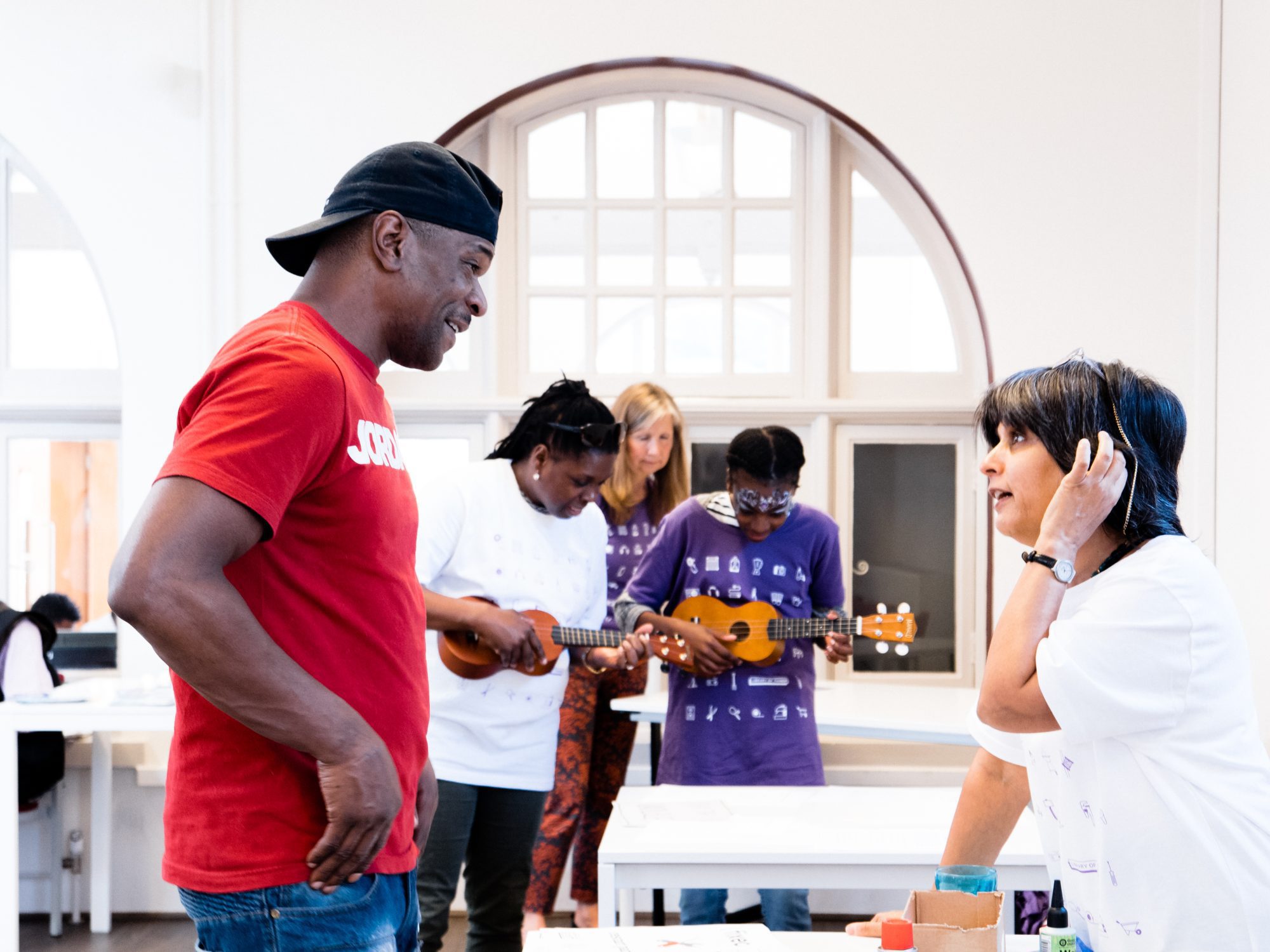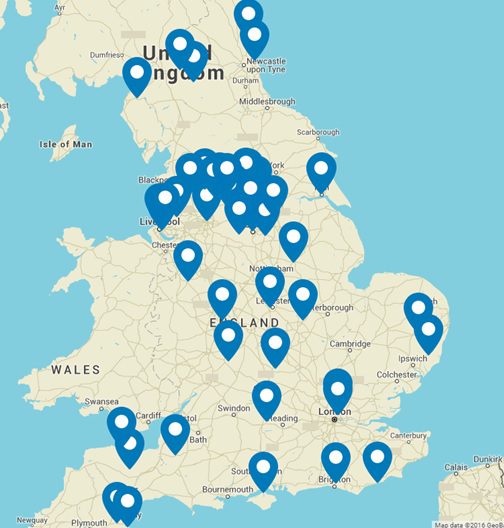
James Plunkett
Over many years working in and around government, I’ve come to realise that community agency is seen as nice, but not essential. I’ve seen many politicians give speeches emphasising the importance of community work, but then they seem to switch modes, turning back to the all-consuming day job: running the machinery of government.
There are many reasons that our civic capacities feel like an optional extra, from the perspective of Whitehall. I believe the root issue is the beguiling power of that metaphor: we see government as a machine that makes policies.
I’m fascinated by the hold this metaphor has over us. So much so that I’m writing a book about its history, describing how it took hold, and what alternative conceptions look like.
It turns out there are many reasons we find machinery attractive, one of which is that it feels tractable. We know bureaucracy has limits, but at least we know how to work it. We pull levers by regulating, we make policies and announce them, we design interventions and ‘roll them out’. Community, by contrast, is organic. Even politicians who believe in its substance rarely know how to work with it.
It might be useful, then, to run with a thought experiment. Let’s imagine that we treated cultivating community as the serious work of government. How would we go about it?
Getting serious
Step one would be to lift community agency out of the fluffy margins of public policy to sit at the heart of government.
A good comparator might be the way we approach digital technology. The UK government is driving a bold agenda of digital reform from the Department for Science, Technology, Innovation and Skills (DSIT). This work has its critics, but it’s certainly serious. So let’s imagine we approached the revitalisation of civil society with the same determination. The work would get a top-level strategy, Cabinet-level ministerial sponsorship, institutional backing , and money.
Civil society is so cross-cutting that we would surely want to drive this from the centre of government. We could do that by leading the work from the Cabinet Office, and by framing it as an ambitious initiative: a Marshall Plan to revitalise civic life. Perhaps the work could be driven by a Centre for Civic Life, co-sponsored by the Secretary of State and the Prime Minister.
Some will groan at this idea, so it’s good to be clear: the job of the centre cannot be to revive civil society with top-down policies. That would be an oxymoron. The work is about fostering the conditions for active communities, using the kind of power that only exists in the state.
So what does this look like? Here are some ideas for the list.
Civic spaces
First, we now understand better the importance of civic infrastructure, and especially civic spaces. Communities thrive when there are places for people to get together, ideally in messy and mixed uses, leading to serendipitous connections.
To recognise this, our strategy could include a major programme of investment to restore and reopen vital spaces, like libraries. Perhaps this could be funded by reductions in the central government estate. To support local agency, we could match-fund communities who raise money to take control of local spaces. There could be partnerships with the biggest estates, like the Church of England, learning from the Good Faith Partnership and Warm Welcome. There could be work to repurpose underused local buildings, in exchange for greater community involvement. We could help local authorities to transfer assets to community ownership.
Alongside this, we could make better civic use of public buildings. Consider how buildings like schools can be designed to foster social connections, so that parents mingle at pick-up and drop-off, and swap numbers, or they can be transactional, so that we rush in and out without talking. Some civic-minded leaders already open up their buildings to be community hubs, fostering community, and they get little thanks for it. If anything, we make their lives difficult. So maybe our strategy would include a national programme to re-architect public spaces, making public buildings, from schools to GP surgeries, more porous, as focal points for civic life.
The software of civic life
Second, we’d want to recognise that civic infrastructure isn’t just hardware. It’s also the software of institutions and the ways people come together to work through problems and develop solutions.
Here our strategy could draw on great work over the last decade to develop techniques to activate communities and build confidence, and to support dialogue and community entrepreneurship. Our strategy could spread these methods; maybe we’d support a national expansion of the 100 Day Challenge, and a network of 50 Citizen Incubators of the kind being run by Public Life in Liverpool (it pays eight local people to quit their jobs for a year to build a community venture). Perhaps this could focus on communities with low social capital. We could also help more local areas to learn from pioneers in community agency like Wigan, Grimsby, and Camden.
Beyond this, we would want to support software more literally, by backing pro-social and civic technologies.
All too often, we think about technology only through the lens of efficiency, but this is only half the picture. As researcher and adviser Anna Dent points out, technologies can also be pro-social, so that their design actively encourages human connections. There is already a lively sector of people working on pro-social technologies – from interoperable deliberative platforms (see one among many examples), to platforms for sharing like Olio — yet this work gets almost no support from government, and is often done on a shoestring.
Perhaps we would establish a funding body, a Civic Technology Council, similar to the UKRI Research Councils. This could support new institutions — such as an Institute for Deliberative Technologies — which could become magnets for civic-spirited technologists. This could be funded with an increase in the Digital Platforms levy, on a principle of polluter pays. Big Tech would then help to offset some of the harm their platforms are doing.
From rules to rights
Third, our strategy would want to give communities more power. We could strengthen existing community rights, as Power to Change and others have recommended. We could also adopt the Innovation Unit’s idea of a ‘right to innovate’. This gives councils a way to request that a rule be suspended so that they can experiment.
Maybe we could go further than this and adopt a more general principle of ‘seek forgiveness, not permission.’ This would mean reclassifying certain rules as breakable if a council or keystone charity is confident they could later justify having done so. There would be guidance in the form of principles, interpreted through case law. The aim would be to relax the grip of the centre on innovators at the edges.
Cultivating capability
Fourth, we’d want to not overlook the unsexy but important work of improving skills and capabilities. In the last few years, a number of important disciplines have emerged to support active communities, from community stewards, to disciplines like participatory governance, to relational practices. Throughout history, improvements to our governing capacities have often spread via professions. Think, for example, how scientific management spread via engineers at the turn of the twentieth century. Or, more recently, think how we spread economics, and later behavioural science and design, as public professions.
Our strategy could do the same, working over ten years to grow disciplines to support vibrant communities. This could be done by supporting professional networks and Centres of Excellence, and by supporting the codification of these disciplines. This could draw energy from a dazzling array of work happening on contemporary governance. Perhaps this work could be bolstered by founding a National School of Contemporary Governance.
Money
Fifth, we would need to recognise the importance of funding. Our strategy would not be able to solve every funding challenge faced by the third sector, but we would want to recognise that communities thrive when they are fertilised by a steading flow of money in the right quantities and rhythms. This can sometimes be small sums, well delivered.
Indeed, too much money, like too much fertiliser, can kill small initiatives, turning them away from serving a community to serving a funder. My local community garden, for example, exists because it received £5,000 from the London Olympics, and 13 years later it is still fostering social connections, paying for itself many times over. The key is for money to come with few strings attached, distributed through funders who understand this.
One approach would be to match-fund the awards given by the National Lottery Community Fund (NLCF) and to repeat or extend the larger scale initiatives that NLCF had funded, from Power to Change to Big Local.
All of which raises the question: how would our strategy be funded? The key is to be long-term. A pattern I have noticed during research is the number of websites for community work that display a disclaimer: ‘This project ended when the money ran out’. Trying to grow communities with short-term funding is like gardening with month-long breaks from watering. Our strategy would therefore want to establish a reliable, long-term mechanism for funding — something commensurate with the notion of a ten-year Marshall Plan to revitalise community life.
So, where would we find the money? Ultimately the goal is to ease pressure on our bureaucratic government machinery, delivering savings. We could commit to a target to drive this; a pledge, over five or ten years, to shrink the size of the central state and switch money into communities, including by reinvesting savings from technology. The intention is that, over time, communities can play a fuller role in societal challenges — from caring to helping people live well with chronic conditions — that are so overburdening the central state. We also know that, compared to technocratic solutions, community approaches are often far more effective and cost-efficient.
Still, we can’t wait for that. So perhaps we would consider more creative models. One example is the model used in Brazil, where big businesses pay a small tax surcharge to fund a civic innovation ecosystem. To avoid political interference and ensure long-termism, the money flows past government, directly to agencies that fund civil society. Could we do the same in the UK? And perhaps, as the economic implications of AI become clearer, we could tax a portion of its potentially high and concentrated profits to fund civic life. Our promised high-tech future could then also be a human future of thriving communities.
My point is not that these are the right ideas, but that there are many ideas to choose from. It is just not true that we can’t get traction on the work of reactivating communities. The answer lies not in silver bullet policies, or in interventions we can roll out, but in a broad agenda of work to cultivate the right conditions. Thanks to decades of practice in communities across the country, we know how to do this work. We just have to take off our machine-glasses to see it.
James is a writer and consultant with nearly 20 years experience in UK policy-making, including roles across the private, public, and third sectors, from Downing Street to leading think tanks and charities. His recent post, The Energy at the Edges, gives more context on his current work. He posts on Blue Sky, Medium, and Substack.



